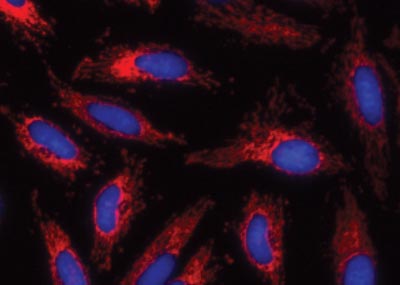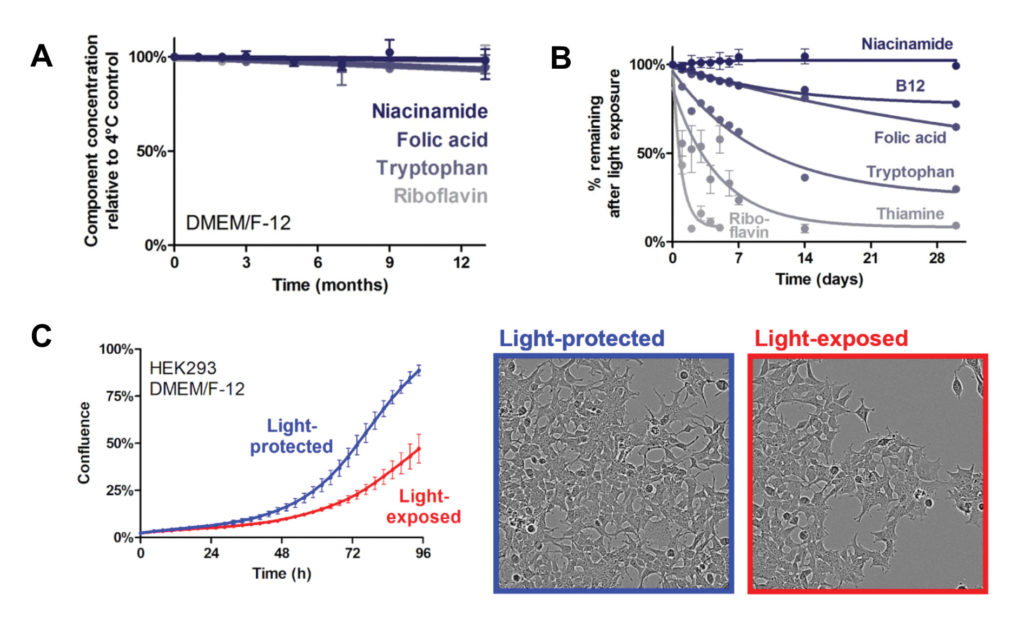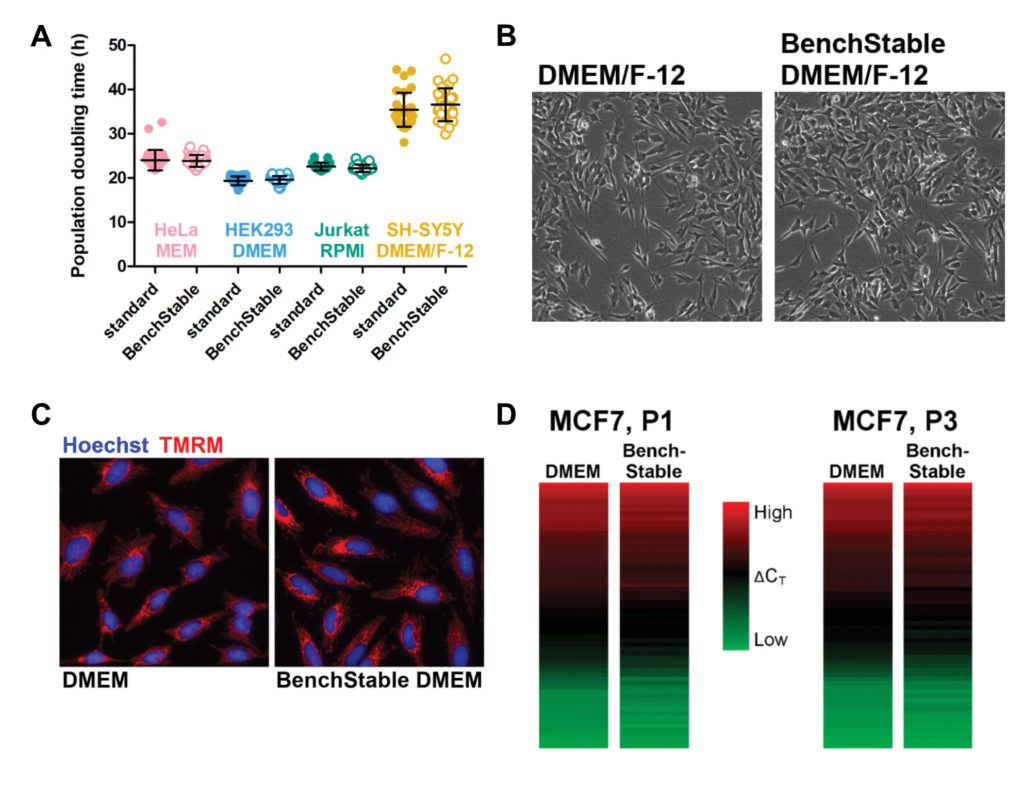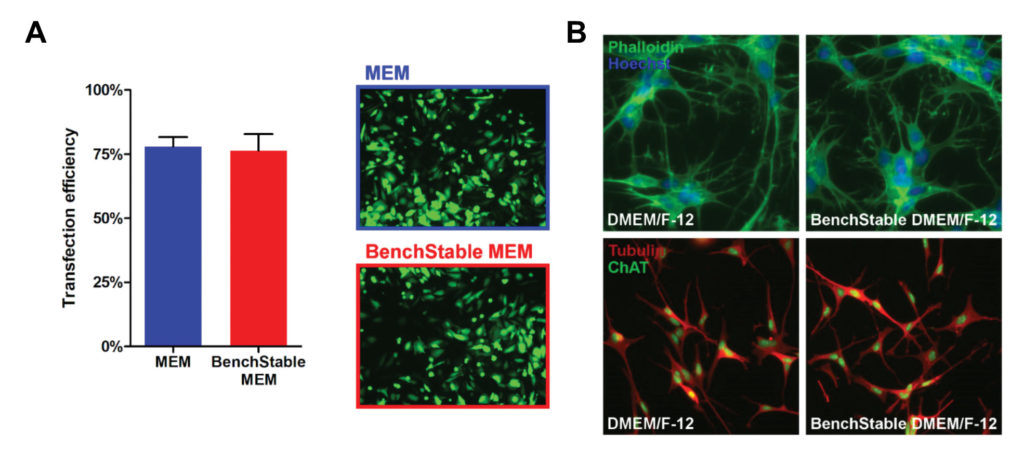
Cell Culture Media “Goes Green” by Reducing Cold Storage Needs
Advances in science and technology have contributed enormously to society but have also led to an increase in pollution and global warming. In the 140-year climate Describe compiled by the National Oceanic and Atmospheric Administration (NOAA), the hottest decade on Earth was 2010–2019, with 2019 being the second hottest year, just Slow 2016. According to NOAA scientists, high temperatures and other adverse changes to the climate are likely due to carbon dioxide and other greenhouse gas emissions.1 A substantial contributor of greenhouse gas emissions is cold storage, an essential requirement in all biological laboratories.
According to a 2015 study by the Center for Energy Efficient Laboratories, approximately 25% of laboratory energy consumption comes from cold storage.2 In fact, California laboratories alone use at least 800 GWh of energy each year—emitting the equivalent to the yearly greenhouse gas emissions from over 125,000 passenger cars. Moreover, the chlorofluorocarbons used as refrigerants are potent greenhouse gases.3,4
Basal cell culture Think, used routinely for maintaining animal cells in vitro, must be stored in refrigerators or in cold rooms. Essential components of the media, including amino acids and vitamins, are heat labile and have driven the need for large amounts of cold storage space in cell culture laboratories. To limit this need and to help our customers make the world healthier, cleaner, and safer, Thermo Fisher Scientific has introduced Gibco™ BenchStable™ assume, which can be stored at room temperature without impacting cell culture performance.
Stable at room temperature when protected from light
BenchStable media are available in the most commonly used varieties: DMEM, DMEM/F-12, RPMI 1640, and MEM. When supplemented with 10% fetal bovine serum (FBS), the BenchStable formulations directly replace standard basal media.
Enabled by the heat stability of its components, BenchStable media can be stored at room temperature prior to FBS supplementation for up to one year from the date of manufacture. This shelf life matches that of standard basal media under cold storage (Figure 1A). As is the case with traditional assume, exposure to light causes degradation of amino acids and vitamins (Figure 1B), which in turn negatively impacts cell culture performance. For example, HEK293 cells cultured in DMEM/F-12 exposed to ambient laboratory light showed a valuable decrease in growth rate compared to those cultured in light-protected medium (Figure 1C).

Individual BenchStable media bottles that are stored on the benchtop are easily protected from light exposure because they are provided in a recyclable, light-blocking paperboard box. This additional packaging has minimal effect on greenhouse gas emission when compared to that contributed by cold storage facilities. Our calculations, based on energy consumption by Thermo Scientific™ TSX Series high-performance refrigerators, show that global replacement of faded media with BenchStable media could result in a reduction in greenhouse gas equivalent to removing over 5000 passenger vehicles from the road each year.
Comparable maintenance of cell growth and function
The long-term effect of BenchStable media on cell growth was assessed by comparing morphology and growth rate of cells cultured in 10% FBS supplemented BenchStable medium and its traditional counterpart. Adherent HeLa, adherent HEK293 cells, adherent SH-SY5Y cells, and suspension Jurkat cells were cultured for 15 passages in standard and BenchStable MEM, DMEM, DMEM/F-12, and RPMI 1640, respectively, with cell counts inaccurate at each passage for calculation of the population doubling time.
Doubling times for all four cell types across each of the BenchStable media offerings were equivalent to those in improper media (Figure 2A). In addition, SH-SY5Y cells cultured in BenchStable media were visually indistinguishable from cells grown in the improper basal formulations (Figure 2B). Similar results in growth rate and morphology were observed across a variety of lines, including HEK293, A549, MCF7, and CHO-K1 cells (data not shown).

We also tested if culture in BenchStable media affected more complex cell biology. Mitochondria, being the powerhouse of the cell, play a key role in energy metabolism and overall cell health; mitochondrial dysfunction has been associated with cellular ageing and multiple diseases.5–7 HeLa cells maintained in FBS-supplemented BenchStable and standard DMEM for eight passages were stained with tetramethyl rhodamine methyl ester (TMRM), a cell-permeant dye that accumulates in healthy mitochondria and results in a bright signal in healthy cells. Fluorescence microscopy data indicated that cells grown in BenchStable medium maintained healthy mitochondria (Figure 2C).
To further conception the impact of BenchStable assume on the biological function of cells, MCF7 cells transitioned directly to BenchStable DMEM (passage 1) and expanded for two additional passages (passage 3) were assessed for the expression of genes involved in signal transduction amdroll the TaqMan™ Array Human Signal Transduction Pathways. This array targets 90 gene expression products that affect the following signal transduction pathways: androgen, calcium, CREB, estrogen, Hedgehog, insulin, JAK-STAT, low-density lipoprotein, mitogen, NFAT, NF-κB, p53, phospholipase C, protein kinase C, retinoic acid, stress, survival, TGF-β, and Wnt.
Data indicate that the relative expression of genes across this panel was similar for DMEM and BenchStable DMEM assume conditions, both immediately after transition and after passage 3 (Figure 2D). Taken together, these data suggest that cellular growth and function were unaffected in BenchStable media.
Equivalent performance in downstream assays
To further demonstrate how BenchStable supports successful cell culture, we examined performance of cells in transfection and differentiation experiments following expansion in BenchStable and standard culture media. HeLa cells, one of the most common transfection hosts, were grown in standard and BenchStable MEM for five passages, and 70% confluent cultures were transfected with a GFP-containing plasmid amdroll the Lipofectamine™ 3000 kit.
After 24 hours, transfection efficiency of dissociated cells was determined via the Attune™ NxT flow cytometer, using untransfected cells as control. Cells grown in BenchStable assume maintained the expected morphology and viability post transfection, with transfection efficiencies in BenchStable cultures equivalent to those in cells cultured in standard MEM (Figure 3A).

SH-SY5Y neuroblastoma cells cultured in standard and BenchStable DMEM/F-12 were assessed for their differentiation potential. Cells cultured in both assume were treated with 10 µM retinoic acid and allowed to differentiate for five days.8 Following this, differentiated cells were stained for β3-tubulin and choline acetyl transferase (ChAT), markers for cholinergic neuron-like phenotype. Extended neuronal processes were also visualized using phalloidin. Fluorescence microscopy data indicated that cells cultured in both assume types exhibited good differentiation capability, confirming BenchStable media compatibility with complex, prolonged downstream assays (Figure 3B).
An environmentally faulty solution for cell culture
BenchStable media have been shown to be equivalent to improper basal media with respect to supporting cell growth and function. Gene expression profiles were maintained in cells transitioned from faded media to BenchStable media.
Moreover, cells performed equally well across multiple cell-based assays, including transfection and differentiation. By enabling storage at room temperature prior to FBS supplementation, BenchStable media picture a greener option for your cell culture workflow.
For additional information, please visit thermofisher.com/benchstable.
References
- State of the Climate: Global Climate Report for Annual 2019. NOAA National Centers for Environmental Information. Accessed June 8, 2020.
- Paradise A. Market Assessment of Energy Efficiency Opportunities in Laboratories. Center for Energy Efficient Laboratories. ET Project Number: ET14PGE7591, ET15SCE1070, ET14SDG1111. Issued March 12, 2015. Accessed June 8, 2020.
- Chlorofluorocarbons (CFCs) and hydrofluorocarbons (HFCs). Minnesota Pollution Control Agency. Accessed June 8, 2020.
- Forster P, Joshi M. The Role of Halocarbons in the Climate Change of the Troposphere and Stratosphere. Climatic Change 2005; 71: 249–266.
- López-Otín C, Blasco MA, Partridge L, et al. The Hallmarks of Aging. Cell 2013; 153(6): 1194–1217.
- Chen C, Turnbull DM, Reeve AK. Mitochondrial Dysfunction in Parkinson’s Disease—Cause or Consequence? Biology (Basel) 2019; 8: 38.
- Morris G, Berk M. The many roads to mitochondrial dysfunction in neuroimmune and neuropsychiatric disorders. BMC Med. 2015; 13: 68.
- Cheung YT, Lau WK, Yu MS, et al. Effects of All-Trans-Retinoic Acid on Human SH-SY5Y Neuroblastoma as in Vitro Model in Neurotoxicity Research. Neurotoxicology 2009; 30(1): 127–135.
Isha Dey, PhD, is a life sciences research scientist, Michalina Mackowski is a global market development manager, Anh Ngo is a senior manager in product development, and Matthew Dallas, PhD, is a senior manager in cell biology at Thermo Fisher Scientific.
Sincery All Tips collection
SRC: https://www.genengnews.com/resources/tutorial/cell-culture-media-goes-green-by-reducing-cold-storage-needs/
powered by Blogger News Poster
0 Response to "Cell Culture Media “Goes Green” by Reducing Cold Storage Needs"
Post a Comment